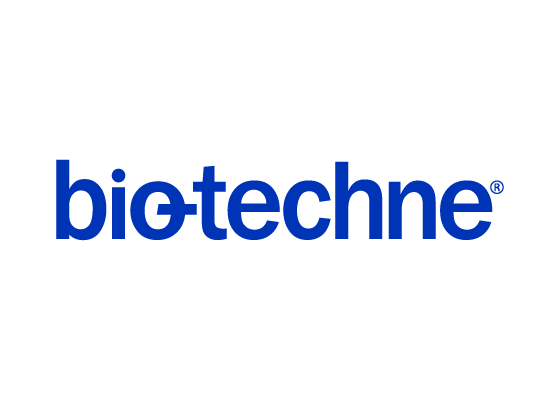Mouse Galectin-4 Biotinylated Antibody
R&D Systems, part of Bio-Techne | Catalog # BAF2128


Key Product Details
Species Reactivity
Applications
Label
Antibody Source
Product Specifications
Immunogen
Met1-Ile326
Accession # Q8K419
Specificity
Clonality
Host
Isotype
Applications for Mouse Galectin-4 Biotinylated Antibody
Western Blot
Sample: Recombinant Mouse Galectin-4 (Catalog # 2128-GA)
Formulation, Preparation, and Storage
Purification
Reconstitution
Formulation
Shipping
Stability & Storage
- 12 months from date of receipt, -20 to -70 °C as supplied.
- 1 month, 2 to 8 °C under sterile conditions after reconstitution.
- 6 months, -20 to -70 °C under sterile conditions after reconstitution.
Background: Galectin-4
Galectins are a family of carbohydrate-binding proteins with specificity for N-acetyl-lactosamine-containing glycoproteins. At least 14 mammalian galectins share structural similarities in their carbohydrate recognition domains (CRD), forming three groups often termed prototype (one CRD), tandem-repeat (two CRDs) and chimeric (one CRD, unique N-terminus) (1, 2). All lack classical signal peptides, but are present and active both within and outside of the cell. Galectins are involved in cell adhesion, migration, survival, and apoptosis, and are often up- or down-regulated in cancer (1-3). Galectin-4 is a 36 kDa tandem-repeat galectin found throughout the gastrointestinal tract, but also present in well-differentiated breast and liver carcinomas (3, 4). Each CRD binds a different set of carbohydrate groups, including those found on erythrocyte blood group antigens (3, 5). CRD1 also binds cholesterol 3-sulfate and other sulfatides, which are concentrated within lipid raft membrane microdomains (6, 7). Endocytosed Galectin-4 is thought to play a role in forming the rafts, delivering them to the intestinal apical membrane, and stabilizing highly detergent-resistant "superrafts" (7-9). Human Galectin-4 shares 76%, 77%, 78%, and 80% amino acid (aa) identity with mouse, rat, bovine, and porcine Galectin-4, respectively, with the highest identity occurring within the CRDs. A potential splice variant begins at aa 132 and lacks most of the first CRD (10). Galectin-4 expression is concentrated within microvilli in the gastrointestinal epithelium, where it can interact with CD3 and bind activated T cells in the lamina propria during intestinal inflammation (11, 12). Either pro- or anti-inflammatory activity has been shown, depending on the mouse model used. Galectin-4 can also bind lung, spleen, and kidney macrophages, although its expression is normally low in these tissues (5).
References
- Yang, R-Y. et al. (2008) Expert Rev. Mol. Med. 10:e17.
- Elola, M.T. et al. (2007) Cell. Mol. Life Sci. 64:1679.
- Huflejt, M.E. and H. Leffler (2004) Glycoconj. J. 20:247.
- Recreche, H. et al. (1997) Eur. J. Biochem. 248:225.
- Markova, V. et al. (2006) Int. J. Mol. Med. 18:65.
- Ideo, H. et al. (2007) J. Biol. Chem. 282:21081.
- Delacour, D. et al. (2005) J. Cell Biol. 169:491.
- Braccia, A. et al. (2003) J. Biol. Chem. 278:15679.
- Stechly, L. et al. (2009) Traffic 10:438.
- Entrez accession # EAW56820.
- Hokama, A. et al. (2004) Immunity 20:681.
- Paclik, D. et al. (2008) PLoS ONE 3:e2629.
Alternate Names
Gene Symbol
UniProt
Additional Galectin-4 Products
Product Documents for Mouse Galectin-4 Biotinylated Antibody
Product Specific Notices for Mouse Galectin-4 Biotinylated Antibody
For research use only